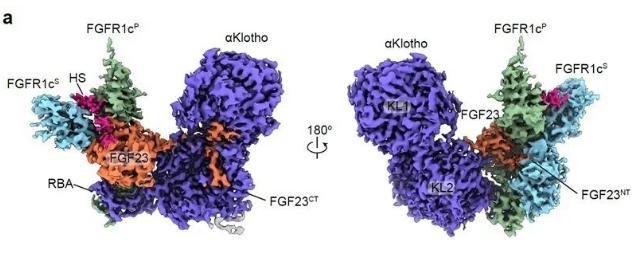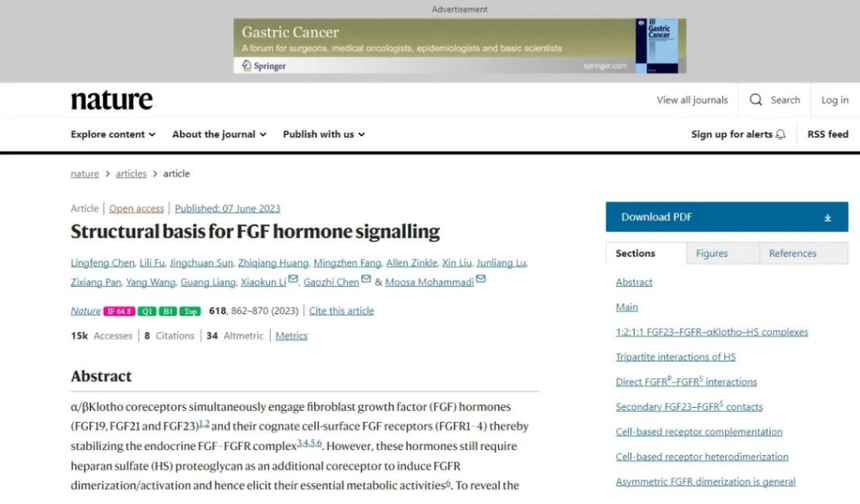Please click the button below to go to our email login page
|
After accidentally deleting the research data, he nearly missed a Nature paper!In 2020, after bidding farewell to the flourishing Manhattan and the mentor Prof. Moussa, Lingfeng Chen finished his academic visit in New York University (NYU) Langone Medical Center and prepared to return home. Meanwhile, he has contacted the domestic work unit and his lover was going to give birth to a child.
However, before departure, he nearly lost the precious research data, protein structure information of three quaternary complexes, harvested over the past 2 years due to misoperation, including raw data, processed research data and the final charts. After returning to China, Lingfeng Chen inquired about data recovery, and spent several days under the feelings of upset, regret and depression for these hard-earned research data. “Ups and downs” are the destiny of scientific research
Retrospective to the research process of Lingfeng Chen, there are full of ups and downs in both accidental deletion of data in the late stage and research obstacles in the early stage.
Researchers, who often use Cryogenic electron microscopy (cryo-EM) to determine protein structure, definitely know that under higher protein concentration, more protein particles can be seen under cryo-EM, followed by easier determination of structure.
Lingfeng Chen was devoted to illuminating how the FGF ligands, receptors, and co-receptors to assemble into a quaternary complex that has never been discovered before, as well as the participants, leaders, indispensible one and the one that appears first or last. To answer these questions, precise analyses on their structure are necessary.
Generally, the relatively advanced method that is adopted by structural biologists to dissect protein structure is to take a stereoscopic picture of the “protein” and analyze the three-dimensional structure, and the highly purified protein complex used for analyses should have high quality and strong stability.
Prior to the dissection of FGF signal activation mechanism, Lingfeng Chen spent substantial time and energy on purifying protein, after which the protein was further concentrated, and the sample was evenly dispersed on the sample carrier and then tested by cryo-EM.
However, Lingfeng Chen faced a challenge in the step of concentration, where proteins squeezed together as a mass and cannot be separated. “We failed to take perfect photo, even after a lot of attempts.”
Owing to the particularity of research objects, Lingfeng Chen was stumped by the last step truly. He said, “Even the world most authoritative expert in the field of cryo-EM has no idea.”
Lingfeng Chen thought that proteins cannot be concentrated after purification, so he developed a new method that contributes to the obtainment of perfect samples and structure information. Nevertheless, Lingfeng Chen did not share the details on account of the confidentiality of research group.
Fortunately, in the following half a year, Lingfeng Chen gradually recovered most of the data in the chat records with Prof. Moussa, U disk, Email, and OneDrive, so that an important research result “continued to live”.
A fall into the pit, a gain in your wit. Lingfeng Chen now backs up research data once a week. Also, he explicitly talks about his the basic mistakes and reminds his peers not to be like him.
Three years later, on 7 June, Lingfeng Chen, as the first author, published the results in the journal Nature, which firstly expound the molecular mechanism of endocrine fibroblast growth factor (FGF) activating receptor, and provide vital structural bases for drug development targeting metabolic diseases, including diabetes, chronic kidney disease, and steatohepatitis.
|


